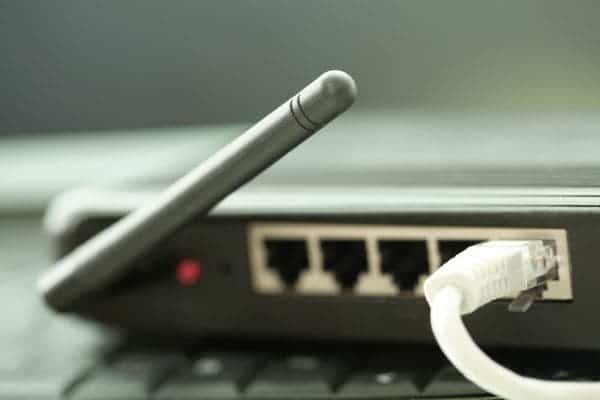A couple of simple gadgets, like a smartphone or low-res camera, along with a couple of sensors were powered wirelessly using a simple Wi-Fi router you can find in any home. Moreover, not only were the gadgets remotely powered, the router also continued to transmit Wi-Fi signals unobstructed. This simple, but powerful demonstration gives to show how the so-called “Internet of Things” might grow to turn your home into an over-sized smart gadget.
The Internet of Things is one of those “next big things” in which home gadgets and wearable devices are linked to communicate between each other. Refrigerators, trashcans and even toasters could be computerized and, most importantly, networked. One of the better-known examples is the Nest thermostat. This Wi-Fi-connected thermostat allows you to remotely adjust the temperature via your mobile device and also learns your behavioral patterns to create a temperature-setting schedule. The smart homes of the future will be littered with sensors, be them for humidity, temperature or energy consumption, to make them more efficient or environmental friendly. Now, we learn the interlinking and powering these array of sensors is possible using the same device, namely the Wi-Fi source itself.
“Where we’re heading is to have more sensors in everything around us,” says Ben Potter at the University of Reading, UK. “Innovations with microchips mean they can run with less power. For that type of application, this is interesting technology.”
To power devices using a router, these need to be modified beforehand. Basically, the energy carried by the radio waves have to be converted into direct current using a rectifier which needs to be fitted inside each device or sensor. For instance, six households in Seattle took part in the experiment made by the University of Washington. Inside, the researchers placed battery-free temperature and camera sensors that are powered using Wi-Fi chipsets with ranges of 20 and 17 feet respectively. They also charged nickel-metal hydride and lithium-ion coin-cell batteries at distances of up to 28 feet.
Some companies are currently racing each other to provide the devices that deliver wireless power. For instance, one leading product is called the WattUp, designed by Energous.
“The heart of WattUp is a hub that’s basically a powerful RF transmitter station. Devices that want to receive power from the hub announce their presence via Bluetooth 4.0. WattUp then uses that connection to direct the wireless power signal to the device. It operates in the same unlicensed spectrum as WiFi, which makes me wonder about possible interference in busy wireless environments. Assuming the connection holds, though, the WattUp signal is absorbed and converted to DC power in the phone or tablet by a receiver chip,” writes ExtremeTech.
But these kind of solutions do not simultaneously deliver Wi-Fi signals – they just remotely power your electronic stuff. Secondly, these are specially designed devices to fit this purpose. In our case, the researchers at the University of Washington, Seattle converted an existing, conventional WiFi router to both power and communicate with electronic devices.
There’s one catch though. The Wi-Fi router was indeed modified, but only minimally. To save energy, all household routers transmit Wi-Fi signals only when there’s an active connection. If you’re not browsing the web, download or uploading, the signal goes quiet. As such, it can’t power any device in this time. The researchers worked around this by installing a piece of software that sends dummy requests coaxing the router that there’s an active connection going on.
“With Wi-Fi for communications, you only want to transmit when you have data to send,” says Vamsi Talla from the University of Washington in Seattle.. “But for power delivery, you want to transmit something all the time. There’s a clear mismatch.”
Of course, the signal isn’t that strong. New Scientist says that the US Federal Communications Commission (FCC) mandates manufacturers to limit the power of a Wi-Fi broadcast to 1 watt. There’s one company in Washington called Cota, however, which makes wireless hubs that transmits waves at a Wi-Fi frequency but don’t send a communications signal. These can produce up to 20 watts of power, or 1 watt of power charging an iPhone at a distance – enough to charge it several times in a single day.
Moving away from homes, and into the bustling racket of the city, this minimal adaptation could be used to charge remote sensors placed all over the city. These would mean less wires littering the streets, but also an opportunity to gather data from those places otherwise inaccessible. As long as there’s Wi-Fi signal, there’s a potential to power that item and network it.
Findings appeared in arxiv.












